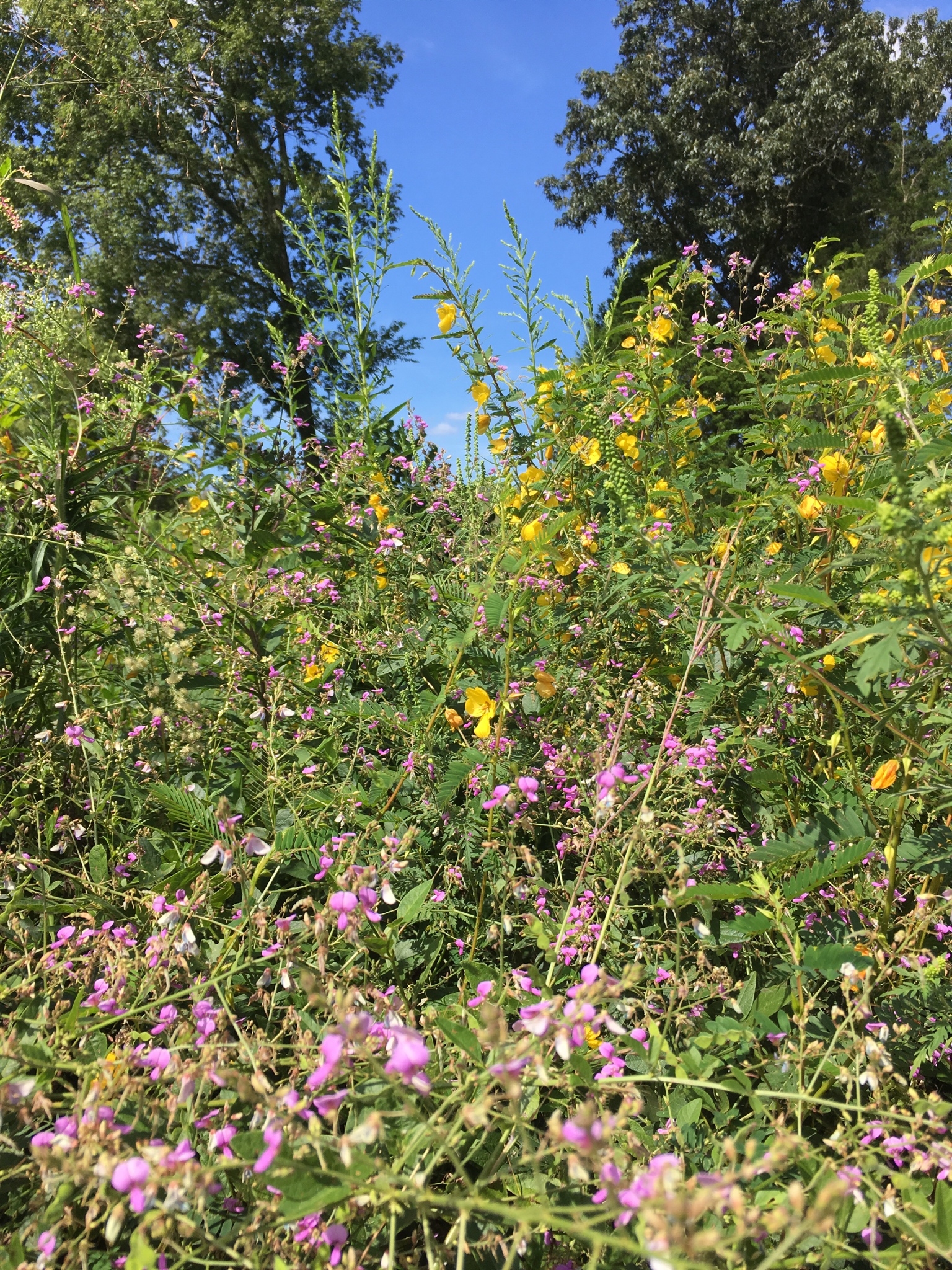BenAllgood
5 year old buck +
I have some questions for those of you that have old field or early successional areas.
Do you find deer use in these areas to be less in the fall and winter? Or, is it more dependent on the stage of succession? I would think spring and summer use of these areas would be greatest in the first couple stages of succession, but then start to fall off during the later stages. On the other hand, I would think winter use would be greatest in the stages dominated by more shrubby or woody plants.
During the winter, areas that are in the earliest successional periods, I would think would not hold as much value for deer. But, they would have tremendous value in the spring and summer from a food standpoint. Then, as the areas become dominated by more perennial species, the winter use would start to be greater.
I'm just curious what others have found in their old field or early successional areas. I am just starting on developing about 16-17 acres like this. I have some assumptions, but have mostly always dealt with woods and young forest type areas like replanted cutovers.
My first thought is to get rid of all the cool season perennial grass, and see what the seed bank has to offer. Then, I would break up the area into management units that I would keep in different stages of early to mid succession rotations.
I know some of you are further down the road in managing these types of areas.
Do you find deer use in these areas to be less in the fall and winter? Or, is it more dependent on the stage of succession? I would think spring and summer use of these areas would be greatest in the first couple stages of succession, but then start to fall off during the later stages. On the other hand, I would think winter use would be greatest in the stages dominated by more shrubby or woody plants.
During the winter, areas that are in the earliest successional periods, I would think would not hold as much value for deer. But, they would have tremendous value in the spring and summer from a food standpoint. Then, as the areas become dominated by more perennial species, the winter use would start to be greater.
I'm just curious what others have found in their old field or early successional areas. I am just starting on developing about 16-17 acres like this. I have some assumptions, but have mostly always dealt with woods and young forest type areas like replanted cutovers.
My first thought is to get rid of all the cool season perennial grass, and see what the seed bank has to offer. Then, I would break up the area into management units that I would keep in different stages of early to mid succession rotations.
I know some of you are further down the road in managing these types of areas.




